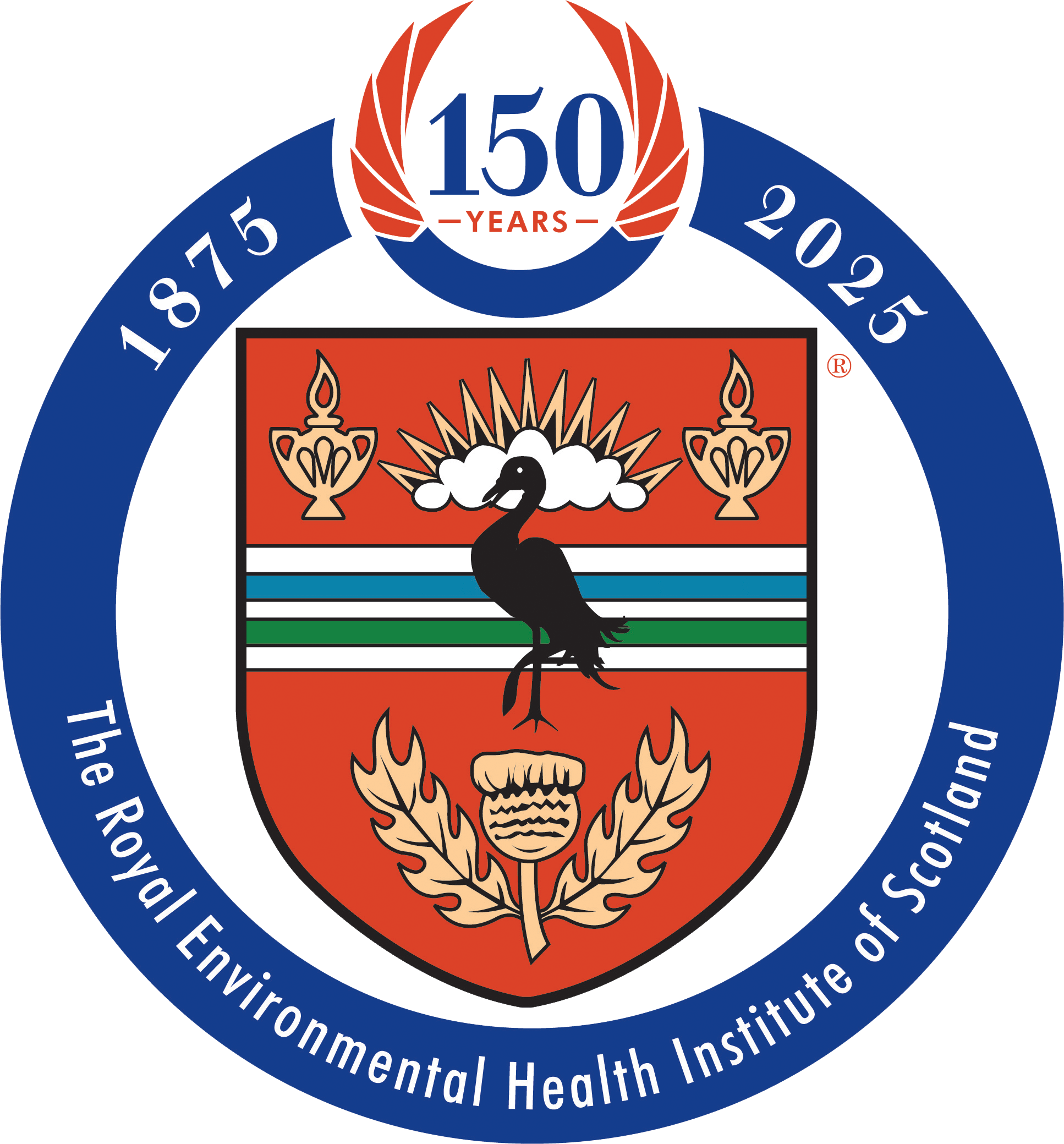Scotland’s Chief Statistician today announced the publication of the latest Long-term Monitoring of Health Inequalities report.
The report includes a range of indicators selected in order to monitor health inequalities over time. These indicators include: healthy life expectancy, premature mortality, all-cause mortality, baby birthweight and a range of morbidity and mortality indicators relating to alcohol, cancer, coronary heart disease and drug use. The relative index of inequality (RII) indicates the extent to which health outcomes are worse in the most deprived areas compared to the average throughout Scotland. Absolute inequalities are measured by looking at changes in the gap between those living in most and least deprived areas in Scotland. It is possible for absolute inequalities to improve, but relative inequalities to worsen.
The COVID-19 pandemic is likely to have had an impact on the most recent data for most indicators included in this report. Where there has been analysis undertaken to assess the impact of the pandemic that is relevant to a specific indicator the details have been included in the corresponding chapter.
Main findings
With the exception of the healthy birthweight indicator, significant health inequalities persist for each indicator covered in the report.
Healthy life expectancy (HLE)
The RII has increased to its highest level since the start of the time series for both males and females, increasing from 0.38 to 0.47 for males and from 0.36 to 0.45 for females between 2013-2015 and 2019-2021.
The absolute gap in HLE has also increased since the start of the time series for males and females. For males it has increased from 22.5 years in 2013-2015 to 25.8 years in 2019-2021. For females it has increased from 23.8 years in 2013-2015 to 25.7 years in 2019-2021, the largest gap in the time series.
Premature Mortality (aged under 75 years)
The RII has increased over the long term and is now at the highest point in the time series (1.56 in 2021 compared to 1.00 in 1997).
In 2021, the absolute gap in premature mortality rates increased to its highest point since 2003 (684.2 per 100,000 in 2021 and 703.5 per 100,000 in 2003), and is higher than at the start of the time series (648.7 per 100,000 in 1997).
First ever hospital admission for heart attack (aged under 75 years)
The RII for heart attack hospital admissions has fluctuated over time, ranging from 0.69-1.01. The RII for 2021 was the same as at the start of the time series in 1997 (0.82).
The absolute gap in heart attack hospital admissions has fluctuated over time. The gap increased from 63.2 per 100,000 in 2020, which was the lowest figure since 2008, to 79.7 per 100,000 in 2021. This increase has been driven by a 7% increase in admissions in the most deprived areas and a 10% decrease in the least deprived areas and reflects a return to pre-pandemic levels.
Coronary Heart Disease (CHD) deaths (aged 45-74 years)
The RII for CHD deaths has increased over the long term and is now at the highest point in the time series (1.75 in 2021).
The absolute gap in CHD deaths in 2021 was lower than at the start of the time series (222.6 per 100,000 in 2021 compared to 347.3 per 100,000 in 1997) but is the highest figure since 2009.
Cancer incidence (aged under 75 years)
The RII for cancer incidence has remained fairly stable over time, ranging from 0.29 to 0.42. In 2021, the RII was 0.42, the highest figure in the time series.
The absolute gap in cancer incidence has fluctuated over time, ranging from 122.1 per 100,000 to 178.2 per 100,000, with no clear pattern.
Cancer deaths (aged 45-74 years)
The RII for cancer deaths has increased over time and the figure in 2021 (0.98) was the second highest recorded in the time series.
The absolute gap in cancer deaths has fluctuated over the time series, ranging from, 304.8 per 100,000 to 395.3 per 100,000, with no clear pattern.
Alcohol-related hospital admissions (aged under 75 years)
There has been a general downward trend in the RII for alcohol-related hospital admissions over time, and the figure in 2021 is lower than at the start of the time series (1.72 in 2021 compared to 1.96 in 1996).
The absolute gap in alcohol-related admissions has generally reduced over time, largely due to a reduction in admissions in the most deprived areas. It was widest at the start of the time series in 1996 (613.0 per 100,000) and reduced to its lowest level in 2020 (322.2 per 100,000) before increasing slightly to 336.5 per 100,000 in 2021.
Alcohol-specific deaths (aged 45-74 years)
The RII for alcohol-specific deaths has fluctuated over the time series and in 2021 was similar to the start of the time series (2.03 in 2021 compared to 2.02 in 1997).
While the absolute gap in alcohol-specific deaths has decreased overall, from a peak of 184.7 per 100,000 in 2002, it increased from the lowest point in the time series of 71.8 per 100,000 in 2020 to 94.0 per 100,000 in 2021, the highest rate since 2017.
All-cause mortality (aged 15-44 years)
There has been an overall increase in the RII over time for all-cause mortality, although it has fallen in the last couple of years from a high of 2.11 in 2019 to 1.98 in 2021.
The absolute gap for all-cause mortality has fluctuated over time, reducing to its lowest level in 2013 (159.6 per 100,000), and reaching its highest level in 2019 (257.9 per 100,000). It has since reduced to 218.9 per 100,000 in 2021.
Low birthweight
While the RII for low birthweight has decreased since the start of the time series (from 1.03 in 1998 to 0.97 in 2021) it has increased over the last two years and is currently higher than the lowest value in the time series (0.76 in 2013).
The absolute gap in low birthweight was 4.6 percentage points in 2021, an increase from 3.4 percentage points in 2020, but lower than at the start of the time series (5.3 percentage points).
Drug-related hospital admissions (aged under 75 years)
The RII for drug-related hospital admissions has fluctuated over time. It is currently higher than at the start of the time series (2.87 in 2021/22 compared to 2.77 in 1996/1997) but has decreased from a high of 3.05 in 1998/99.
The absolute gap for drug-related hospital admissions has increased overall since the start of the time series, reaching a high of 694.3 per 100,000 in 2019/20 and has fallen to 558.3 per 100,000 in 2021/22. This decrease may be due in part to hospital admission policies associated with the COVID-19 pandemic.
The full statistical publication is available at https://www.gov.scot/isbn/9781805254836








